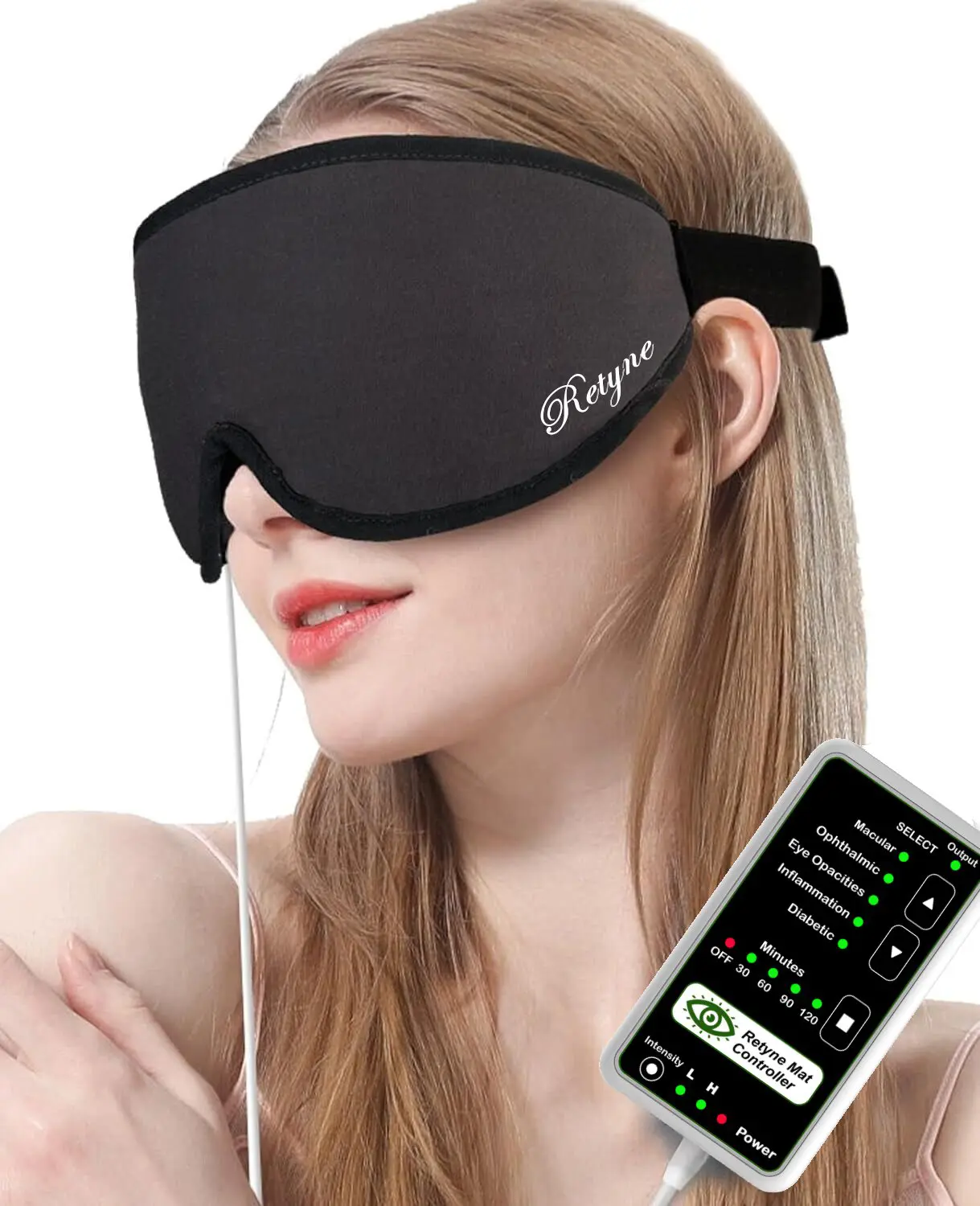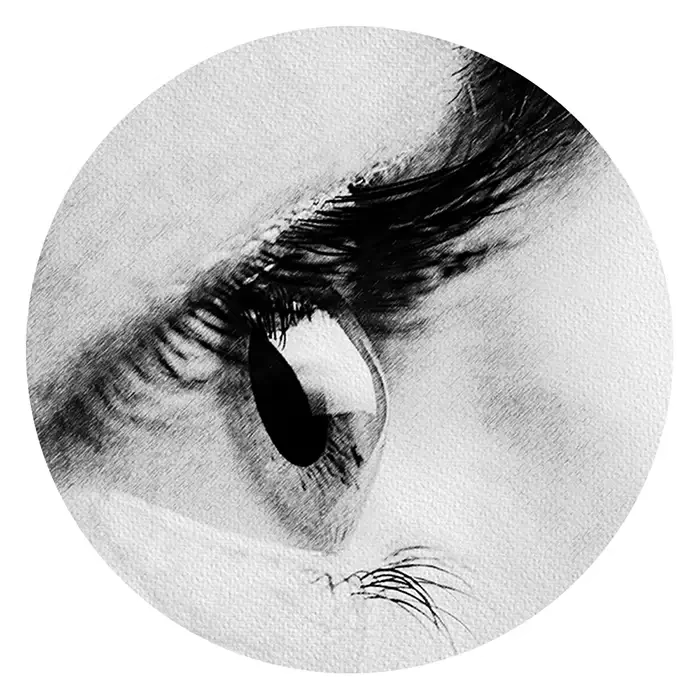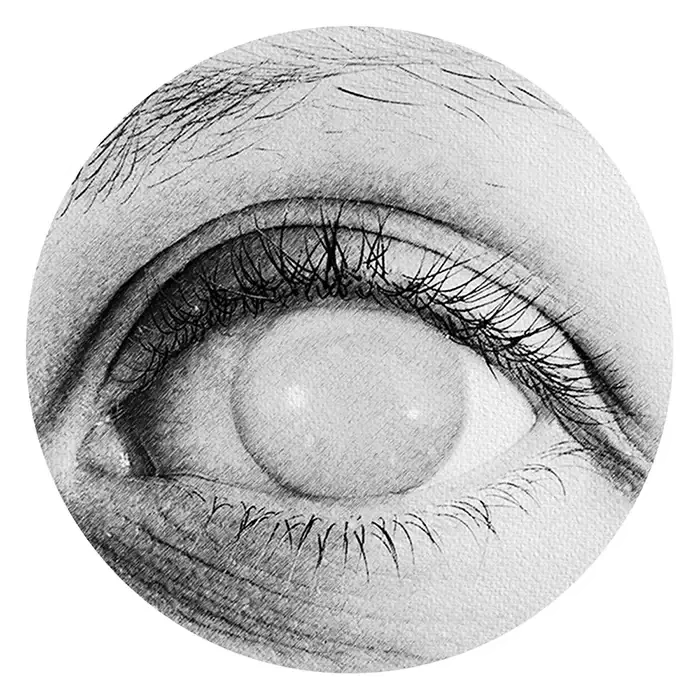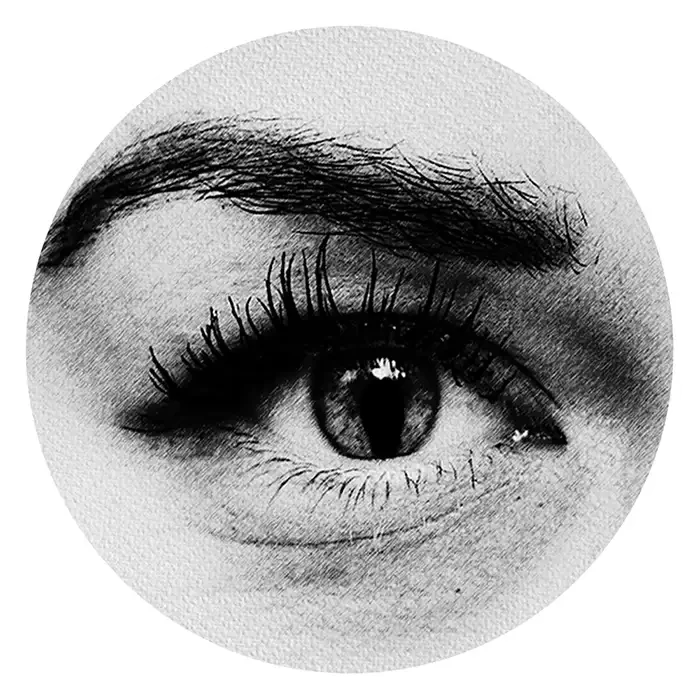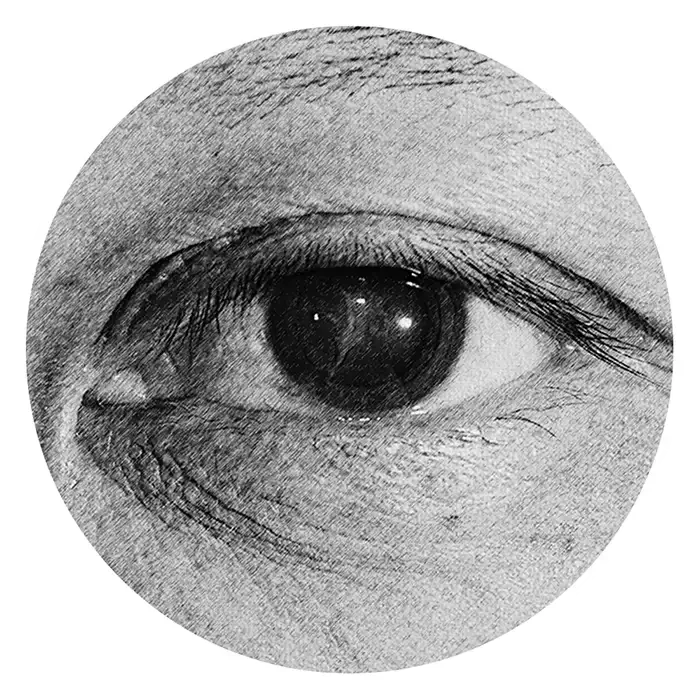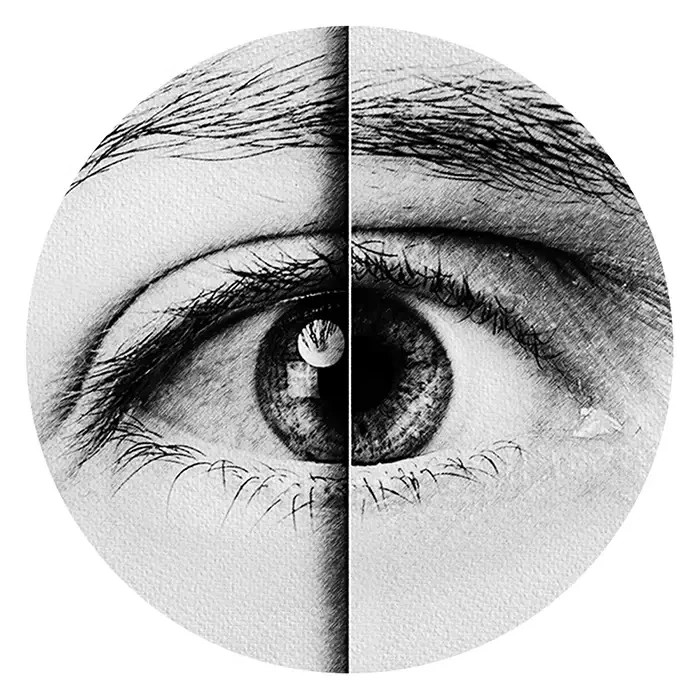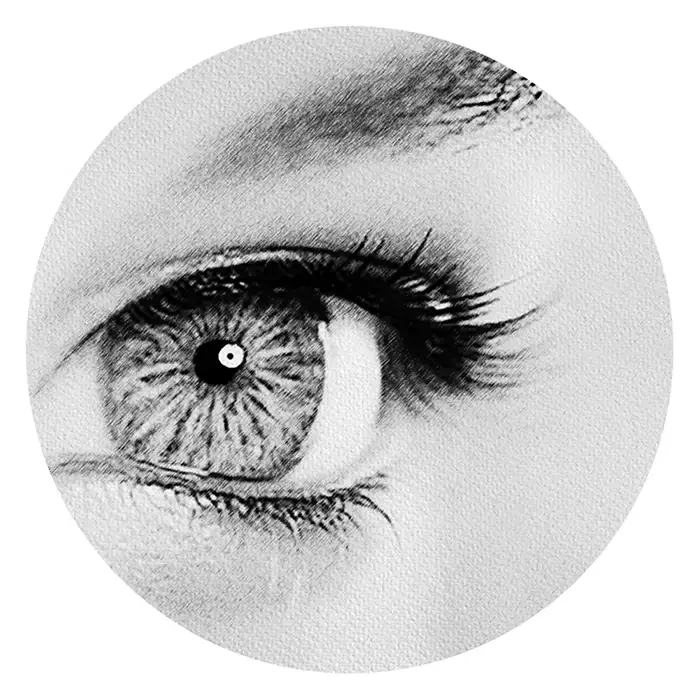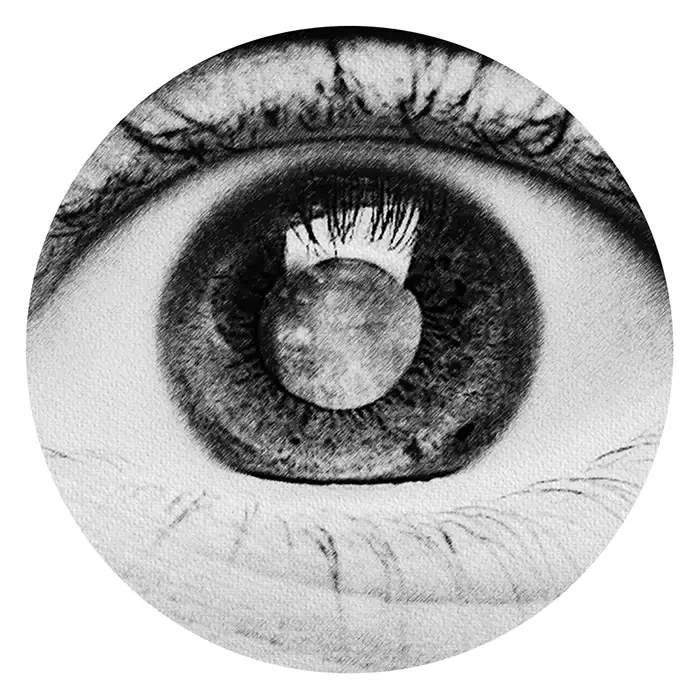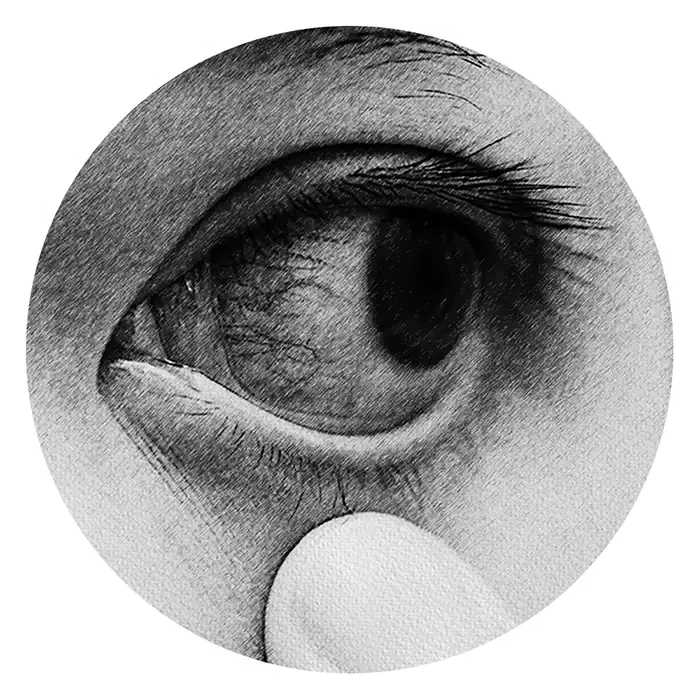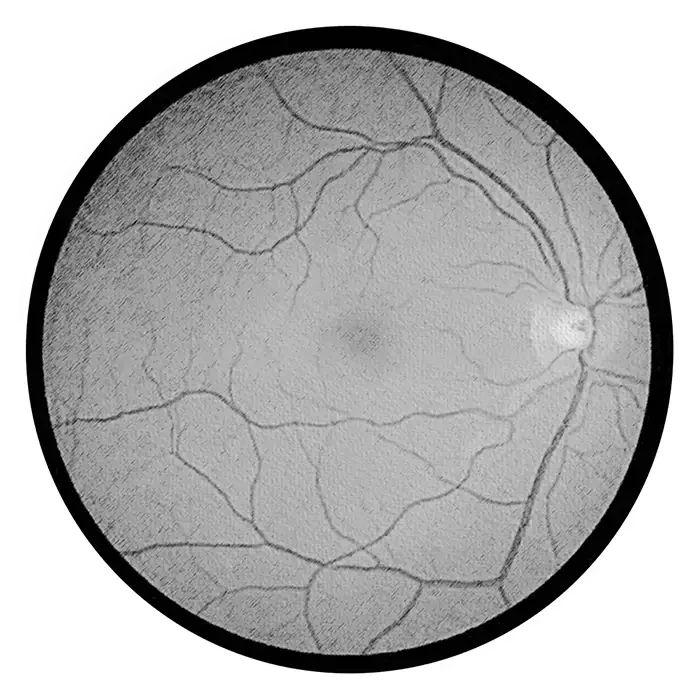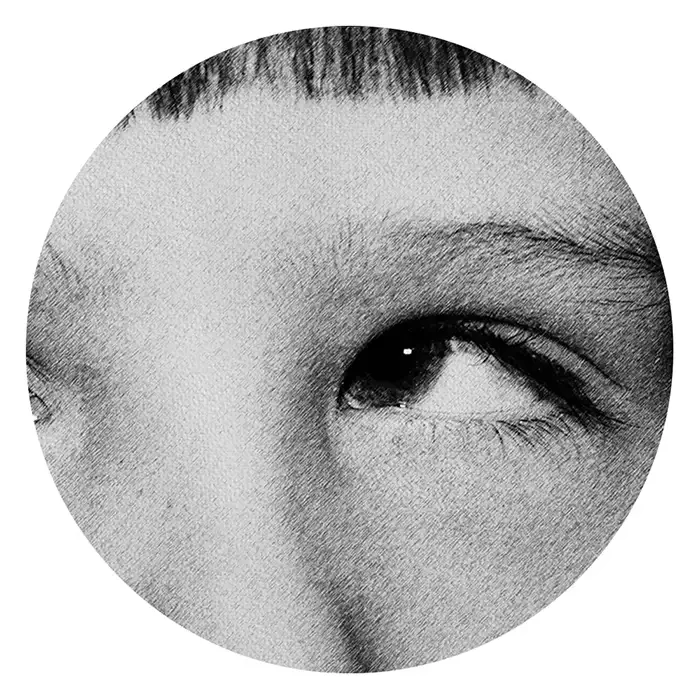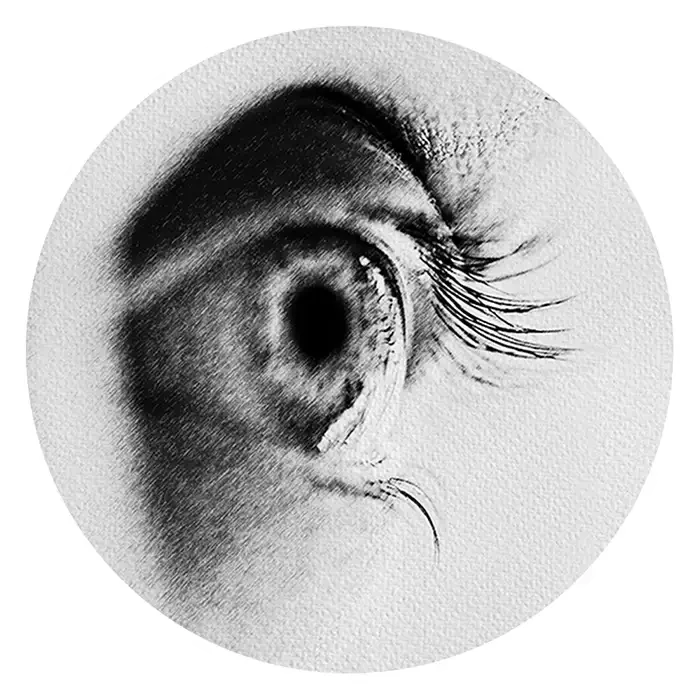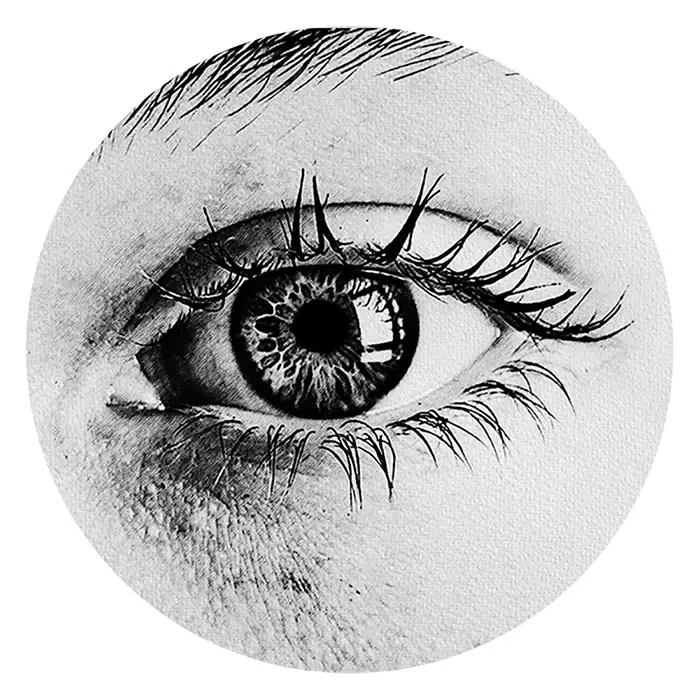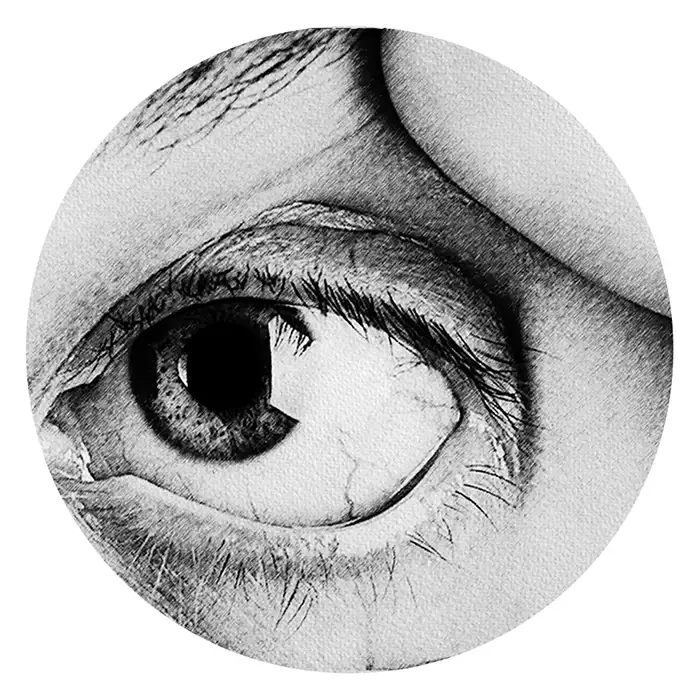Superior Limbic Keratoconjunctivitis (SLK)
Superior Limbic Keratoconjunctivitis (SLK) is a chronic inflammatory condition that affects the superior limbus, which is the area where the cornea and the conjunctiva meet in the upper part of the eye. It is characterized by inflammation of the conjunctiva (the thin, transparent tissue covering the white part of the eye) and the adjacent cornea. SLK typically presents with symptoms such as redness, irritation, foreign body sensation, tearing, and mucous discharge. The condition can be bilateral, affecting both eyes, and tends to be chronic with periods of exacerbation and remission.
Diagnosis of SLK involves a thorough eye examination by an ophthalmologist. Clinical signs may include redness and thickening of the superior limbal conjunctiva, superficial punctate keratitis (tiny pinpoint erosions on the surface of the cornea), and papillary hypertrophy (enlargement of small bumps on the conjunctiva). In some cases, additional tests such as corneal staining with fluorescein dye or impression cytology to assess the conjunctival epithelium may be performed to confirm the diagnosis.
SLK is often associated with underlying factors such as dry eye syndrome, thyroid eye disease, allergic conjunctivitis, or contact lens wear. Mechanical irritation from the upper eyelid rubbing against the superior limbus during blinking is believed to contribute to the development of SLK. Additionally, abnormalities in tear film composition or inadequate tear production can exacerbate the condition, leading to chronic inflammation and discomfort.
Treatment of SLK aims to alleviate symptoms, reduce inflammation, and prevent recurrence. Lubricating eye drops or ointments may be prescribed to provide relief from dryness and discomfort. Topical corticosteroids are often used to suppress inflammation during acute flare-ups, although long-term use should be approached cautiously due to potential side effects such as elevated intraocular pressure or cataract formation. In cases where mechanical irritation from the eyelid is a contributing factor, protective eyewear or temporary tarsorrhaphy (partial closure of the eyelids) may be recommended to reduce friction and promote healing.
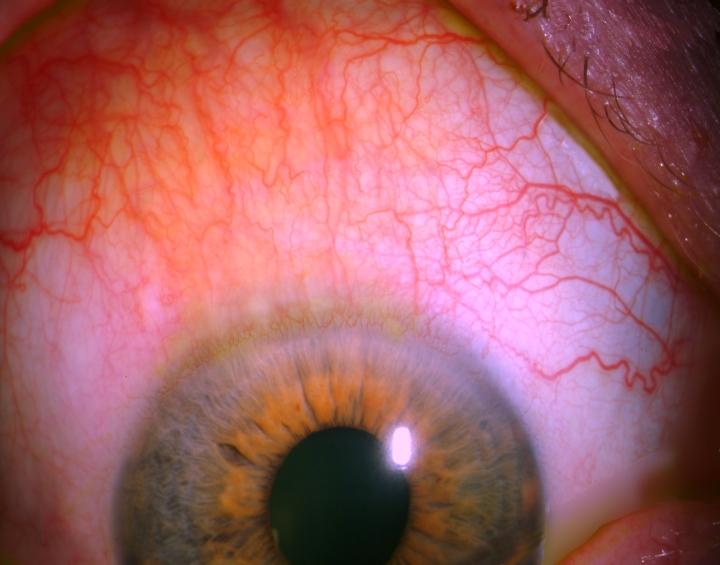
The Retyne Infrared Eye treatment mask offers a potential therapeutic option for managing the symptoms of SLK. Program #4 on the Retyne controller, designed specifically for addressing eye infections and inflammation, may help alleviate inflammation and discomfort associated with SLK. By delivering infrared light therapy to the affected eye, the Retyne mask aims to modulate the inflammatory response, promote tissue repair, and improve ocular surface health. Integrating Retyne therapy into the treatment regimen for SLK may provide additional benefit in reducing symptoms and enhancing overall management outcomes for individuals with this chronic inflammatory condition.
The Retyne eye treatment mask employs a specific array of frequencies (0.06, 0.5, 0.87, 12.85, 27.5, 141, 301.23, 453.02, 783.4, 825.03) meticulously tailored to address symptoms associated with Superior Limbic Keratoconjunctivitis (SLK). Each frequency is carefully selected based on its documented effectiveness in managing and alleviating this particular visual condition. Retyne's innovative approach involves the transformation of these frequencies into invisible infrared light output, heralding a pioneering fusion of frequencies with light—a revolutionary technology pioneered by Retyne Labs.
Drawing inspiration from the pioneering research of Dr. Rife, who unearthed the therapeutic potential of precise frequencies and harnessed light for their propagation, Retyne's methodology embraces contemporary insights into invisible infrared technology. By leveraging current advancements and building upon historical investigations into frequency-based light transmission, Retyne has developed the innovative Retyne Eye Treatment Mask. This cutting-edge device represents the synthesis of modern breakthroughs in visual healthcare, offering a comprehensive solution rooted in both tradition and progress.
Moreover, for those utilizing advanced hardware such as the RDPV4, a secondary set of specific frequencies for Superior Limbic Keratoconjunctivitis (SLK) are the Group at program 3077: ( 0.06, 0.5, 0.87, 12.85, 27.5, 141, 301.23, 453.02, 783.4, 825.03 ). The RDPV4 offers an expanded range of frequencies, finely calibrated to provide even greater precision in addressing Superior Limbic Keratoconjunctivitis. By incorporating this secondary set of frequencies, the RDPV4 elevates the potential therapeutic benefits of the Retyne eye Treatment Mask, catering to individuals seeking advanced solutions for their visual health needs.
Superior Limbic Keratoconjunctivitis (SLK) General: 1233: 0.06, 0.5, 0.87, 12.85, 27.5, 141, 301.23, 453.02, 783.4, 825.03
Superior Limbic Keratoconjunctivitis (SLK) [Eye Inflammation] Specific Group exists at program 3077: : 0.06, 0.5, 0.87, 12.85, 27.5, 141, 301.23, 453.02, 783.4, 825.03
Compatibility
Standalone controller (Program #4) (Controller shipped with Retyne Eye Treatment Mask)
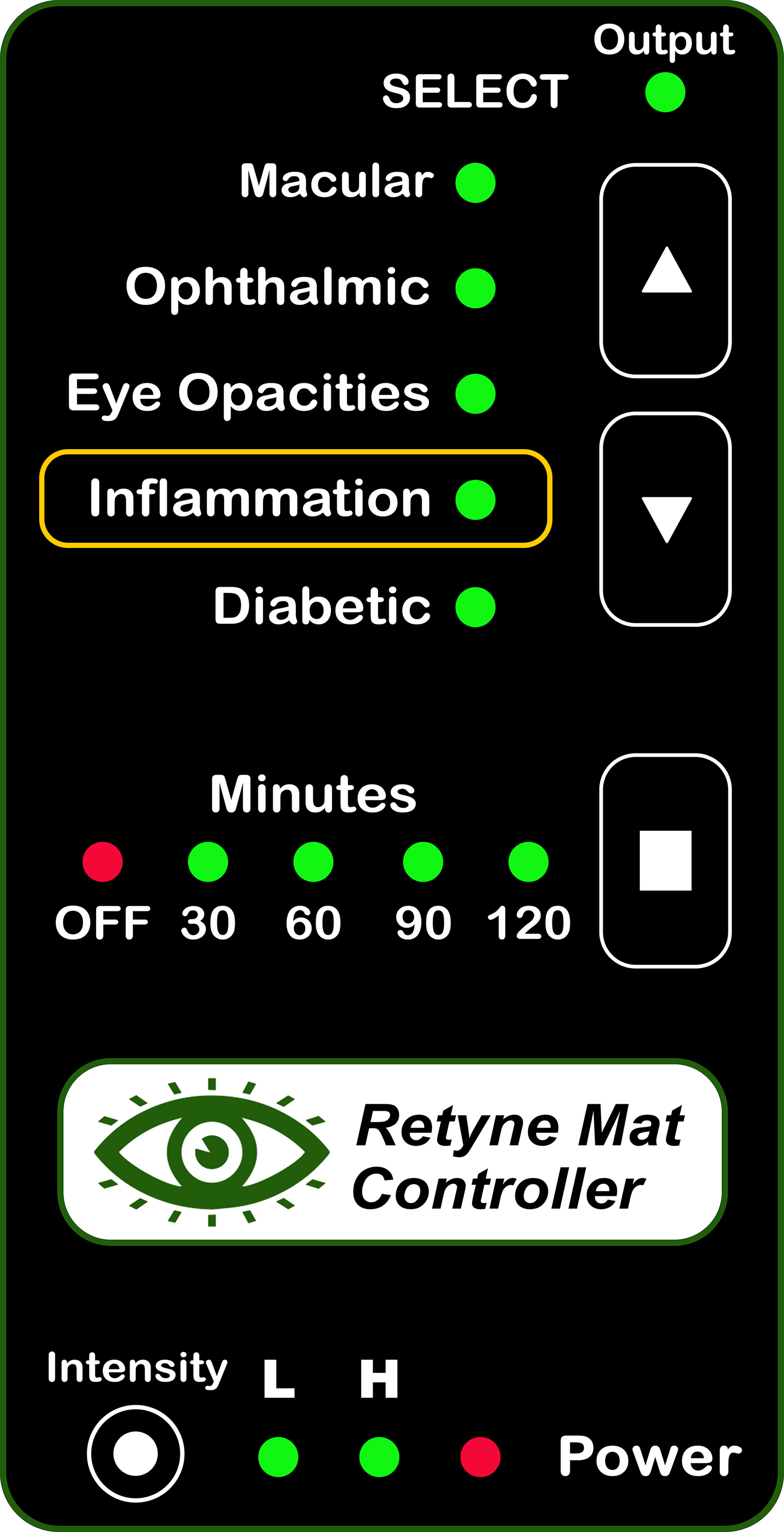
RDPV4 (Direct connect, use group 3077)
RDPV4 Light Mask Program button 4
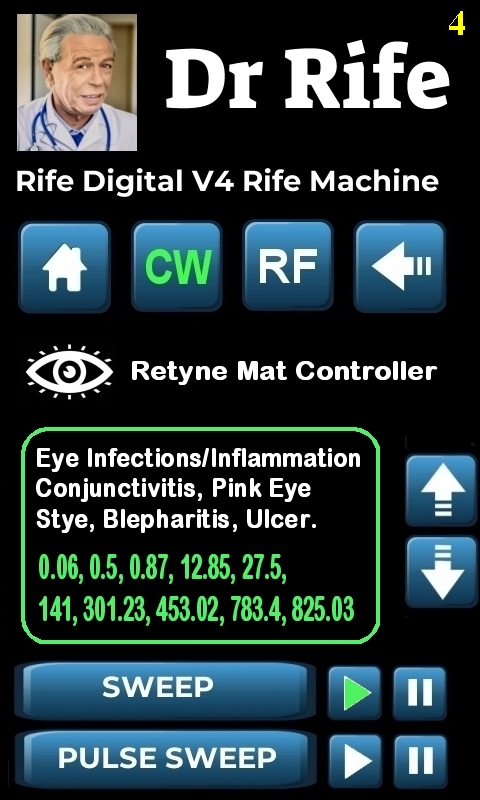
Click here for instructions on using the Retyne Mask + Controller
